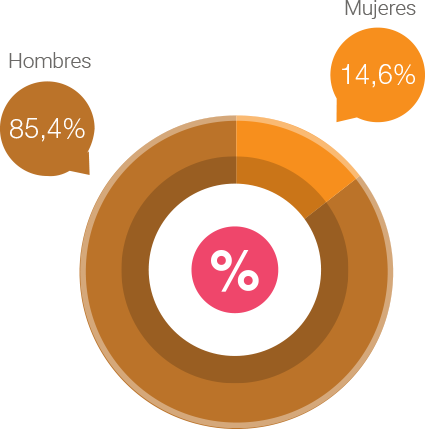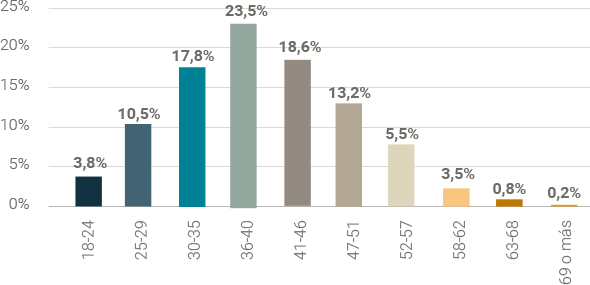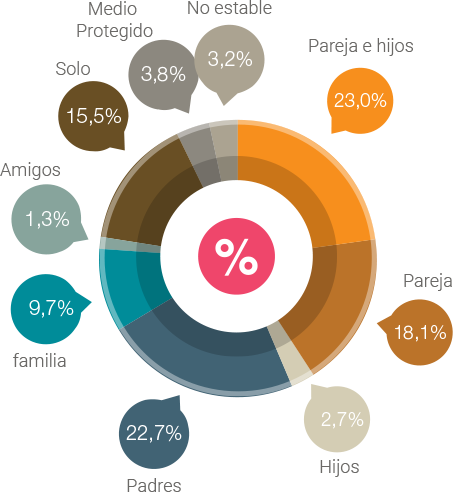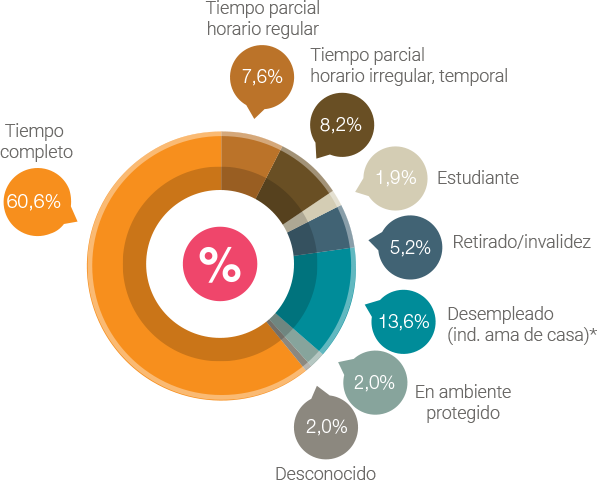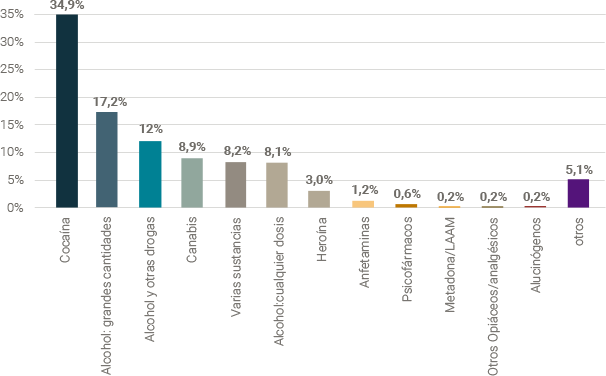2018 Report
Proyecto Hombre Observatory on the profile of
people with
addiction
problems under
treatment
Sponsored by:


letter from the president
“As professionals who dedicate ourselves to accompanying people with addiction problems in change processes that must be carried out, we know that we must really pay attention to what is happening in society, to how the environments and circumstances are changing, as well as the profiles of users who come knocking on our door”.
read moredefinition of the observatory and techniques
To analyse and identify the psychological, epidemiological and sociodemographic characteristics of people with addiction problems attended to in the Proyecto Hombre Centres throughout Spain.
- Public entities and policy makers
- Media
- Scientific community and academic sphere
- Proyecto Hombre Association and Centres
- Other entities and organisations working in the sector
The information in the Observatory comes from the internal database of Proyecto Hombre (PHNemos application), which collects information related to the people attended to in the treatment programmes and which at the same time collects data obtained in the systematic and periodic application of the survey named EuropASI.
The EuropASI of admission establishes its administration to people older than 18 years of age. Therefore, the universe of study is made up of users of Proyecto Hombre, of this age or older than 18 years, who have begun treatment in 2018 in programmes and units for adults with addiction problems in the 27 Centres of this association.
This restriction is due both to the application requirements of EuropASI itself, as well as to the inclusion of remarks to the characteristics of the people who enter annually (thus excluding those who continue to be treated from year to year).
All this implies a universe of more than 15,000 new users since 2013.
- Belén Aragonés
- Xavier Bonet
- Ramón Capellas
- Ángeles Fernández
- Jesús García
- Fernando González
- Jesús Mullor
- Elena Presencio
Bobes J., González M.P., Sáiz P.A. y Bousoño M. (1995) Índice europeo de la severidad de la adicción: EuropASI. Versión española. Gijón, Actas de la IV Reunión Interregional de Psiquiatría, 201-218.
McLellan, A.T., Luborsky, L., O’Brien, C.P. y Woody, G.E.. (1980) An improved evaluation instrument for substance abuse patients: the Addiction Severity Index. Journal of Nervous Mental Disorders, 168,26-33.
